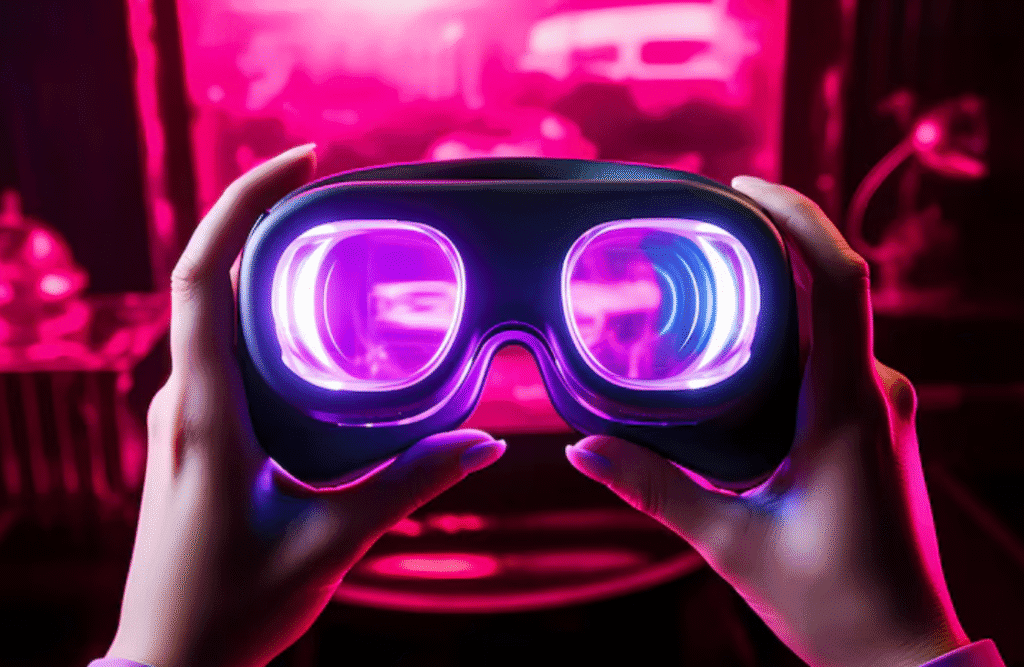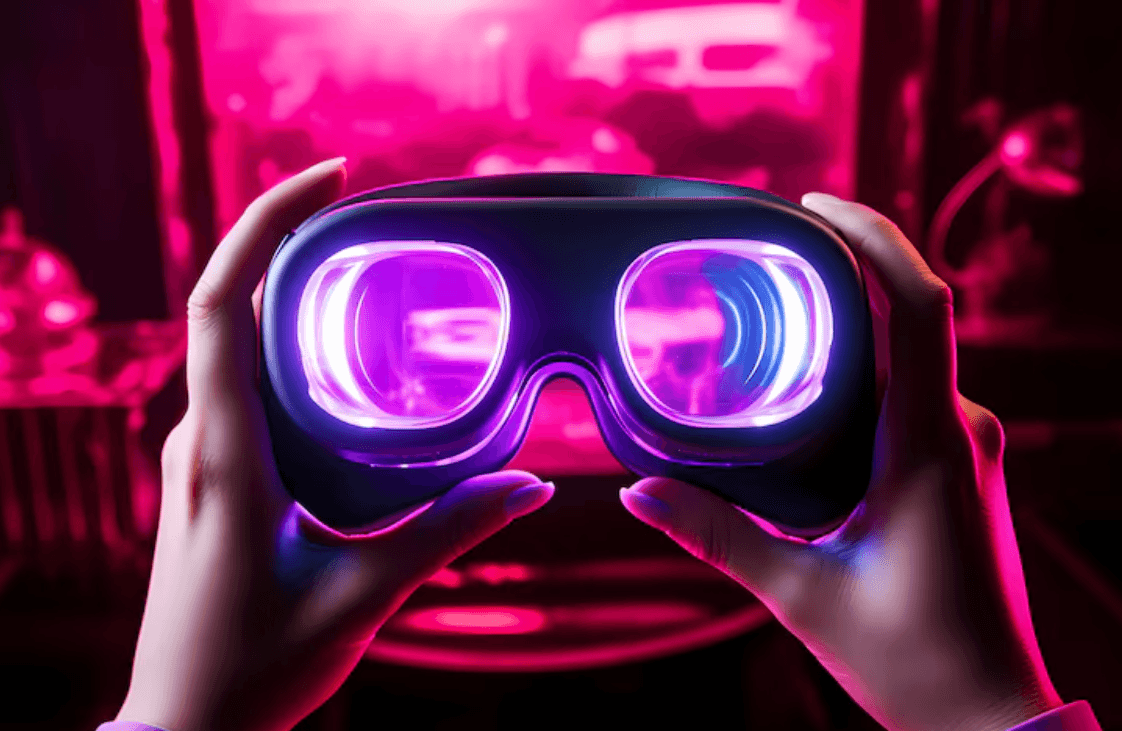Virtual Reality esports have exploded in popularity in 2025, transforming competitive gaming into a physical, immersive experience that combines strategy, skill, and athleticism like never before.
🎮 The Rise of VR Esports
Games like Echo Nexus VR and Beat Saber: Ultimate headline tournaments worldwide, offering multimillion-dollar prize pools and massive viewership. VR esports merge the reflexes and tactics of traditional esports with physical movement and spatial awareness.
🏟️ Next-Gen VR Arenas
Cutting-edge VR arenas equipped with motion tracking systems allow players to compete in real physical spaces. These venues feature:
Large safe zones for player movement
Real-time spectator views inside the VR world
Physical obstacles synced with virtual gameplay
This fusion creates a thrilling spectator sport where fans can watch from any perspective inside the virtual arena.
📺 Streaming and Spectatorship
Platforms now offer immersive VR spectator modes, letting viewers:
Fly alongside players
Switch between multiple camera angles
Experience the arena as if inside the game itself
These features have expanded VR esports’ fanbase beyond traditional gamers to include sports enthusiasts and casual viewers.
🤝 Professional VR Teams
VR esports teams now have coaching staff, analysts, and dedicated training programs focusing on:
Spatial awareness
Reflex training in three dimensions
Physical fitness to handle VR movement demands
Athletes from traditional sports are also crossing over into VR competition, broadening the talent pool.
🎯 The Future of VR Esports
As technology advances, expect VR esports to become more physically engaging and strategically complex, with innovations in haptic feedback and AI-powered opponents pushing the boundaries of competitive gaming.

